How to Use Search Engine Marketing to Drive Traffic to Your Website
Furthermore Search Engine Marketing (SEM) is one of the most effective ways to drive targeted traffic to your website. By leveraging paid advertising on search engines like Google and Bing, businesses can ensure Moreover their website appears at the top of search results for relevant keywords. This article will explain the basics of SEM, how to set up a successful campaign
In addition the best practices to maximize your return on investment.
- Understand the Basics of SEM
Also Search Engine Marketing combines both paid search advertising (Pay-Per-Click, or PPC) and Search Engine Optimization (SEO) to Drive Traffic visibility in search engine results pages (SERPs). SEM As well as allows you to bid for ad placements on search engines to appear when users search for specific keywords related to your business.
For example
- Google Ads: The most common SEM platform is Google Ads, which allows businesses to bid for ad positions based on keyword searches.
- Bing Ads: Another option for SEM is Bing Ads, which functions similarly to Google Ads but focuses on Bing’s search engine.
- Conduct Keyword Research
Plus The foundation of any successful SEM campaign lies in choosing the right keywords. Keyword Engine Marketing research helps you identify the terms and phrases that your target audience is searching for.
- Keyword Tools: Use tools like Google Keyword Planner, SEMrush, or Ahrefs to find high-volume, low-competition keywords that are relevant to your business.
- Long-Tail Keywords: Focus on long-tail keywords that are more specific and tend to have lower competition. For example, “best SEO services for small businesses” may be less competitive than “SEO services.”
- Create Targeted Ads
Engine Marketing Once you’ve identified your keywords, it’s time to create targeted ads that will capture your audience’s attention. Engine Marketing Google Ads,
for example, allows you to create text-based ads with headlines and descriptions that appear when users search for relevant terms.
For example
- Ad Copy: Write compelling ad copy that highlights the benefits of your product or service and includes your target keyword. Use strong calls-to-action (CTAs) like “Buy Now,” “Get a Quote,” or “Learn More.”
- Ad Extensions: Use ad extensions to provide additional information like your phone number, location, or extra links to specific pages on your site. This increases the visibility of your ad and improves CTR.
- Set a Budget and Bidding Strategy
However To get the most out of your SEM campaign Engine Marketing, you need to set a clear budget and determine your bidding strategy. SEM operates on a bidding system, where you bid on keywords and On the other hand pay each time a user clicks on your ad (PPC).
For example
- Cost-per-Click (CPC): Determine how much you’re willing to pay for each click. Keep in mind that highly competitive keywords may require higher bids.
- Budget Allocation: Allocate your budget based on keyword performance. You may want to allocate more budget to high-converting keywords and less to those with lower engagement.
- Monitor and Optimize Your Campaigns
Nonetheless After launching your SEM campaign, it’s crucial to monitor its performance and optimize for better results.
- Analytics Tools: Use tools like Google Analytics and Google Ads performance reports to track key metrics such as CTR, conversion rates
- plus return on ad spend (ROAS).
- A/B Testing: Run A/B tests on your ad copy, landing pages, and targeting to continuously improve performance. Test different headlines, CTAs, and ad designs to see what works best.
- Analyze Results and Refine Your Strategy
As you gather data from your SEM campaign, take the time to analyze the results of Engine Marketing and adjust your strategy accordingly.
- Refining Keywords: Based on performance, refine your keyword list by removing low-performing terms and adding new, relevant keywords.
- Optimize Landing Pages: Ensure your landing pages are optimized for conversions. A seamless user experience and a clear CTA can significantly improve conversion rates.
Conclusion: Leverage SEM to Drive Targeted Traffic
Finally Search Engine Marketing is an incredibly effective tool for driving targeted traffic to your website. By selecting the right keywords, creating compelling ads, setting a budget, and continuously optimizing your campaigns, you can improve visibility, attract high-quality leads, and drive conversions. SEM provides a measurable way to assess ROI and refine strategies for ongoing success.
Feel Free Contact us today to learn more and elevate your digital marketing efforts!






